Discover family history stories of DNA surprises, lost ancestors, Titanic links, and more—solved through expert research and genealogical detective work.
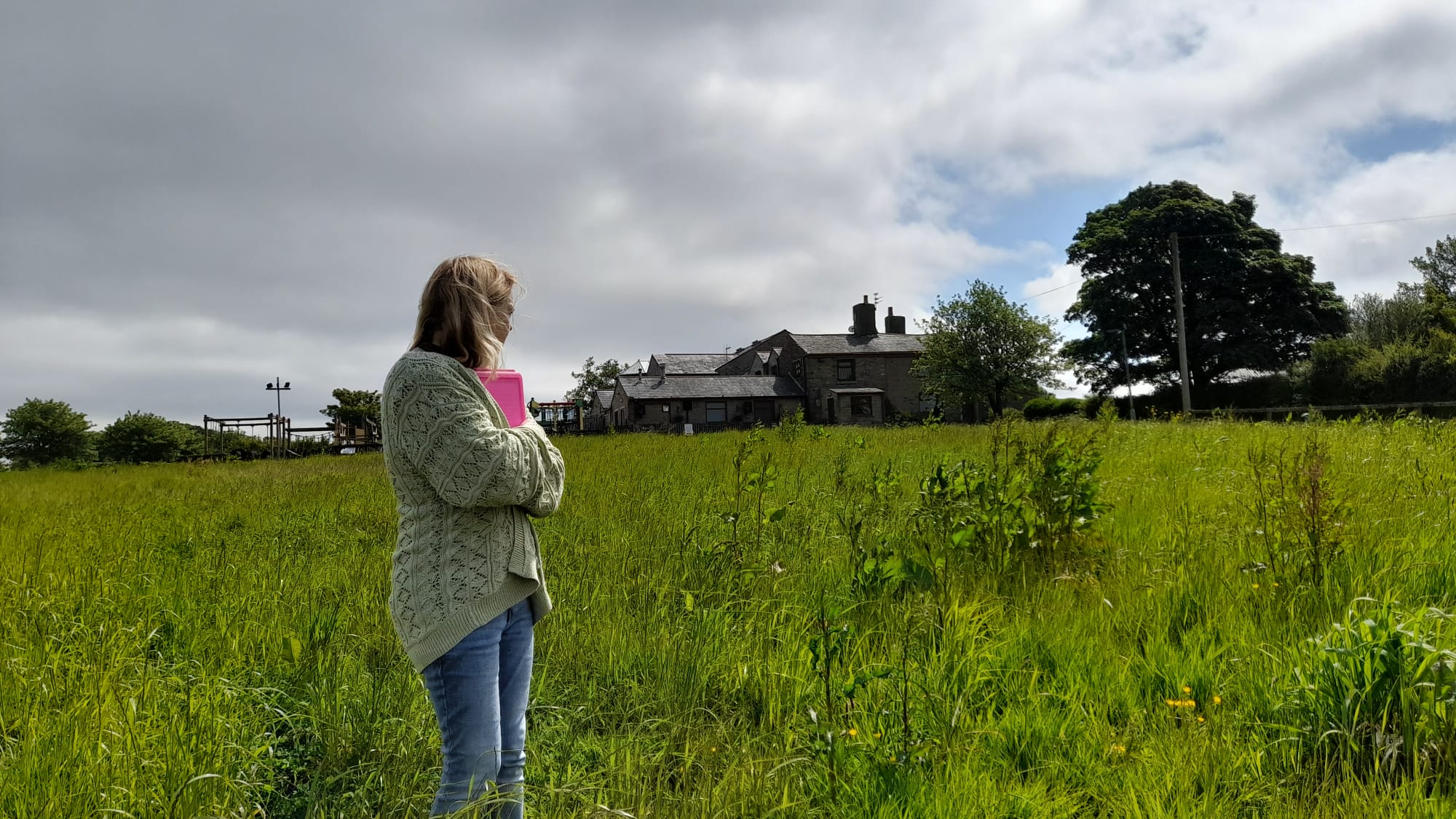
For 40 years, Caroline and her father, both avid amateur genealogists, had chased a whisper through their family history: the rumour of land owned in Lancashire. This elusive piece of their past remained a persistent mystery, a tantalising “what if” in their extensive research. Despite their dedication, the location and truth behind this inherited tale remained stubbornly out of reach, leaving them at a standstill.
That’s where I came in. Caroline commissioned me with a clear objective: to finally prove or disprove this long-held family rumour. It was a challenge I relished, diving into the records to trace the footsteps of her ancestors.
The breakthrough came while researching Caroline’s 3-times great-grandfather, Abraham Collinge. Specialist land tithe records from 1845 and an old map at The National Archives provided the key: the exact location of the much-speculated plot. Although family lore claimed Abraham owned the land, the records revealed he had been a tenant. Still, its existence and location were finally confirmed – after 40 years!
The moment I shared these findings with Caroline was truly special. After decades of tireless searching, her questions were finally answered. Her delight was palpable, and what she did next truly warmed my heart. So thrilled was she with the newfound clarity that she immediately planned a pilgrimage to Lancashire. Not only did she visit all the locations I had uncovered, but she also took her father and cousins on the same tour, walking the very ground where Abraham Collinge had once lived and worked.
Just look at this image—Caroline finally standing on her ancestor’s land! It was the culmination of years of family curiosity and painstaking research. Moments like these, when the past becomes touchable and the joy so vivid, are what make this work deeply rewarding. For Caroline’s family, a 40-year mystery had finally fallen into place—and it was an immense privilege to have played a part in that discovery.

Marie received an AncestryDNA kit for Christmas—just a bit of fun, she thought, and a chance to find out how much Eastern European ancestry she had from her father’s side and how much English from her mother’s.
Her father had immigrated to England from Eastern Europe in the 1940s, and she expected to see this clearly reflected in her DNA.
But when the results came back, only half matched what she expected.
There was no Eastern European ancestry at all. Instead, half of her ethnicity estimate pointed to Irish roots. Confused and concerned, Marie searched through her DNA matches, hoping for a clue. There were no close relatives, only distant cousins—and no obvious explanation. She started to worry. Could it mean that the man she’d always known as her father wasn’t biologically related to her?
That’s when she got in touch with me.
After reviewing her DNA results and carefully mapping out her matches, I could see what Marie had begun to suspect: her biological father wasn’t who she had been told. Instead, her matches—mostly second and third cousins—pointed to a different paternal line entirely. Working through the connections, I narrowed it down to one man who stood out.
He fit the DNA evidence, lived in the right place at the right time, and—five years after Marie was born—had gone on to marry and have three children with his wife.
Believing I had identified the correct man, I gently reached out to one of his children, a woman named Emma, and explained the situation. Emma kindly agreed to take a DNA test.
When her results came back, they confirmed everything: Emma and Marie were half-sisters.
What happened next was something that doesn’t always happen in these stories—but when it does, it’s deeply moving. Marie was welcomed by her newly discovered family. She and Emma met, compared stories, brought out old photo albums, and found a striking family resemblance. Over time, a genuine connection began to grow between them.
For Marie, what started as a light-hearted Christmas gift turned into a journey of rediscovery and belonging.
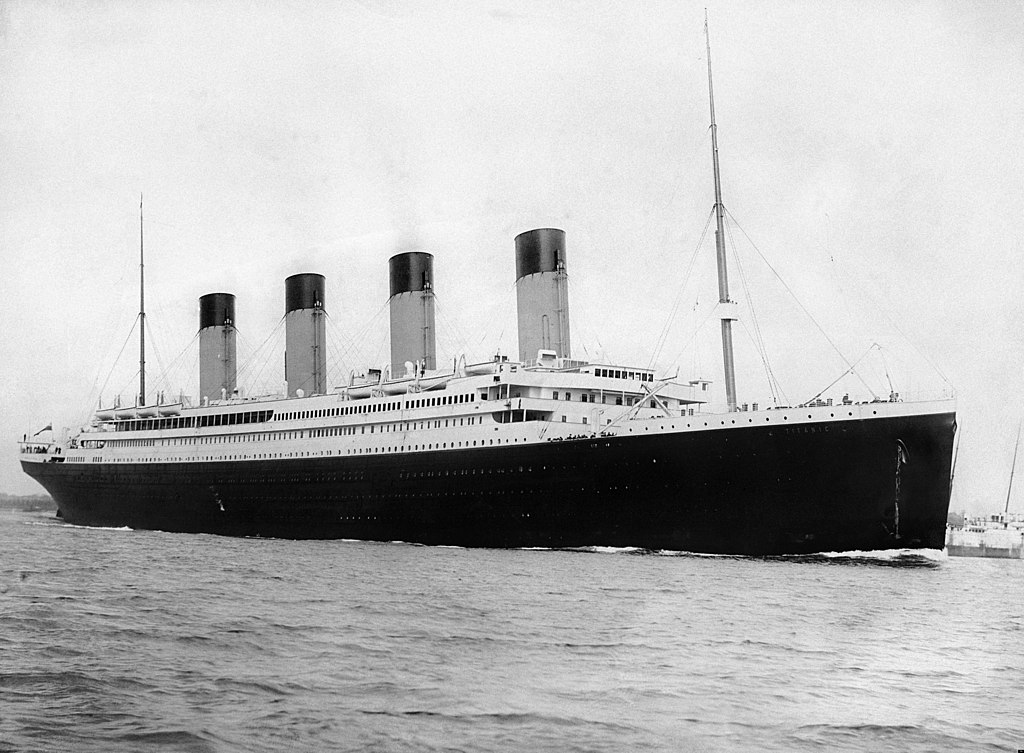
Robert grew up in Dorset hearing a tantalising family rumour: that his great-grandfather had worked on the Titanic.
The story had been passed down over generations but was always met with a shrug or a sceptical smile—no one had any real proof. There were no photographs, no official documents, just a name: Henry Allen, and a whispered suggestion that he’d been “one of the stokers.”
It was a story too remarkable to ignore. So Robert decided to find out once and for all if the family legend was true—and got in touch with me at All About Ancestors.
As a specialist in Titanic genealogy, I’ve helped many families uncover the truth behind similar stories. Using crew lists, shipping registers, and engineering records from the White Star Line, I traced the evidence—and confirmed it. Robert’s ancestor Henry Allen was indeed a stoker aboard RMS Titanic. His name appears on the official crew list, and he had signed on in Southampton as a fireman in April 1912.
Stokers like Henry worked in the bowels of the ship, shovelling coal into massive furnaces around the clock in 50 degrees (Celsius) heat. It was physically punishing work under dangerous conditions. Despite their essential role in keeping the ship moving, stokers were often stigmatised—looked down on by other crew members and society alike as being from the “lowest class.”
But Henry’s contribution to the Titanic story is one of strength and resilience. He was part of the vital team powering one of the most famous ships in history. Through census records and ship manifests, I was able to trace his life before and after the disaster, showing the family exactly where he lived, how he worked, and how his legacy continued.
For Robert, the impact was deeply emotional. What was once a rumour is now part of his verified family history—something real he can pass on to future generations. The family was delighted to learn the truth and proud to finally give Henry the recognition he deserved.
What began as a family whisper became a documented legacy, honouring a man whose hard work and courage had long gone unrecognised.
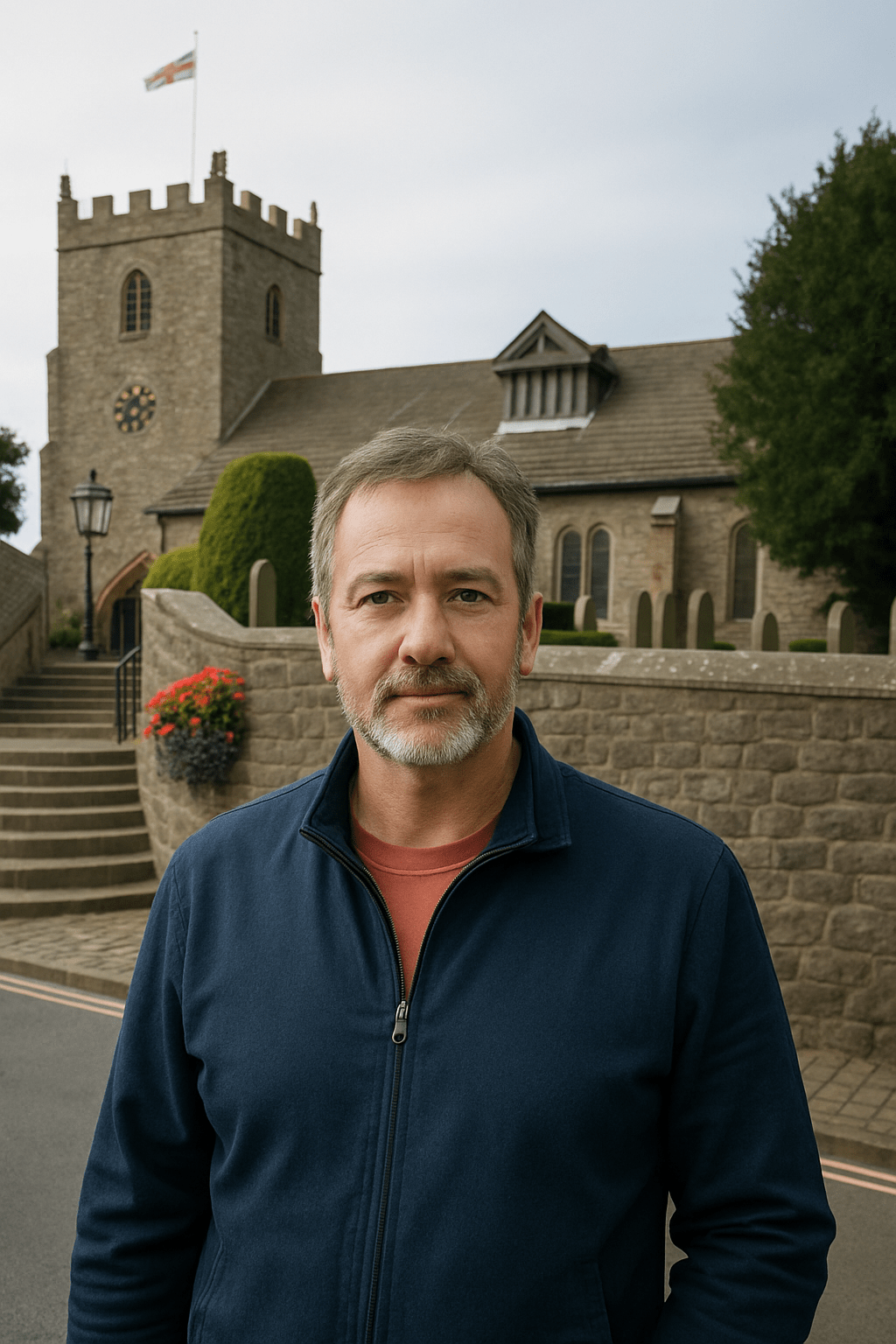
David had been exploring his family tree for a couple of years using Ancestry and other online tools. As a keen amateur genealogist, he’d enjoyed early success tracing relatives through census records and civil registration indexes—but he hit a brick wall when he reached the early 1800s.
Like many, he found that ancestry wasn’t always as straightforward as the adverts made it seem.
David knew his family came from Lancashire, but trying to prove relationships before 1837—when civil registration began—left him frustrated and uncertain. Names repeated across generations, records were missing or hard to read, and several online trees offered contradictory suggestions. That’s when he reached out to me at All About Ancestors.
Using parish registers, bishop’s transcripts, manorial records and other local sources, I was able to piece together a carefully verified family line that took David’s ancestry back to the late 1600s. In Lancashire’s small rural parishes, I traced baptisms, marriages and burials across five generations, always cross-referencing each step to ensure the links were solid.
What emerged was a rich family history grounded in real records—not guesses. I uncovered agricultural labourers, weavers, and one particularly well-documented yeoman farmer who left a detailed will. For David, seeing his family firmly rooted in a part of England for more than 300 years was a powerful moment.
What started as a stuck branch became a full and flourishing tree, with confidence in every connection.
David now has a properly sourced and documented family history—something he can build on and share with pride.
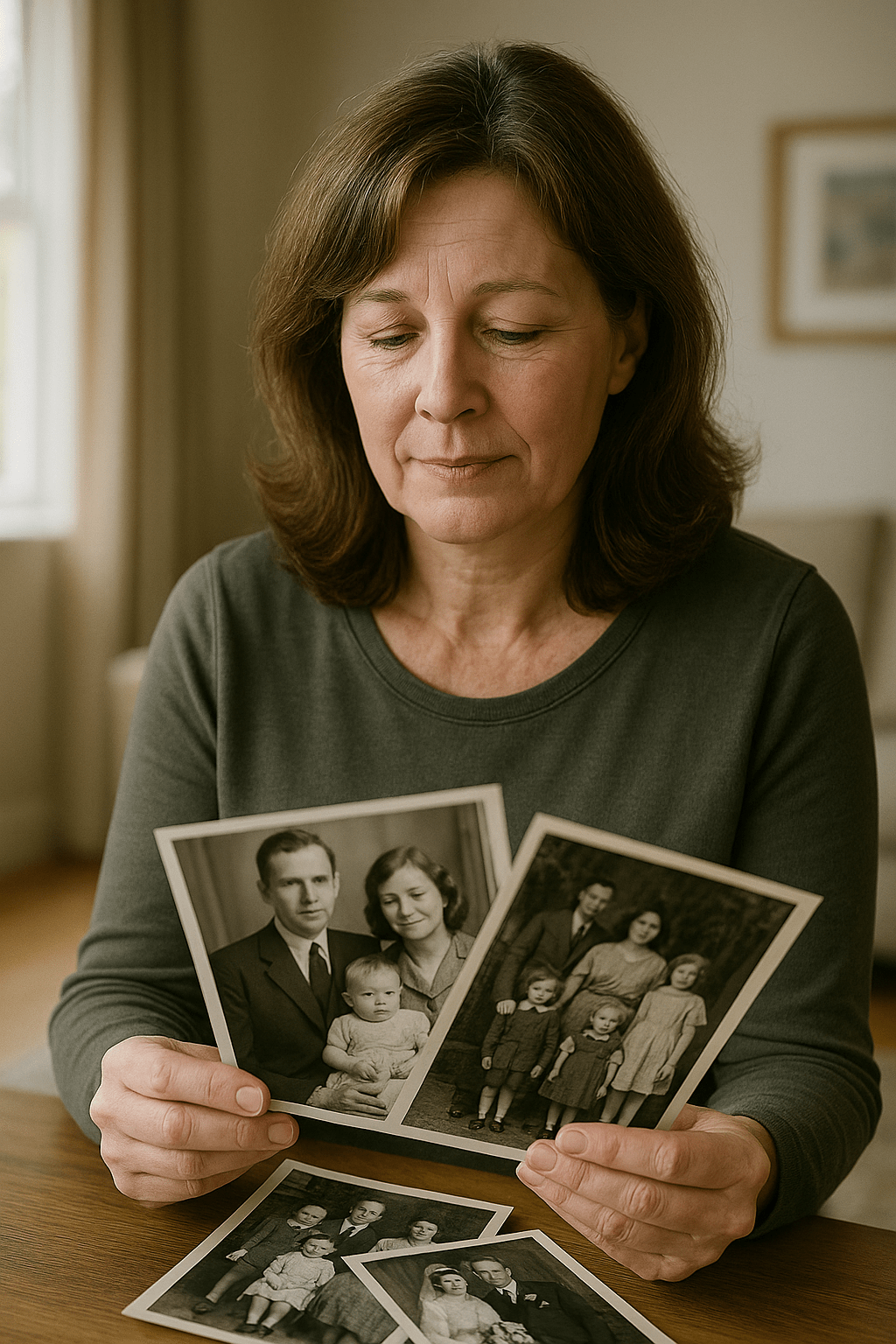
Sarah had always known there was something missing from her family story.
Her mother had never known her father, and whenever Sarah asked questions about her maternal grandfather, the answers were vague or evasive. Over time, the mystery became a source of frustration—and curiosity. So, she turned to DNA.
After taking an AncestryDNA test, Sarah hoped everything would fall into place. But when the results came back, the confusion only deepened. There were no close matches, just distant cousins she didn’t recognise and no obvious surname connections to her mother’s side. She tried building trees, reaching out to matches, even sketching possible relationships—but nothing quite fit.
That’s when she contacted me at All About Ancestors.
With experience in using DNA to break through unknown parentage and grandparentage cases, I reviewed her matches and used clustering tools to group them by shared ancestry. One cluster stood out—multiple second and third cousins, all linked to a particular family in Wiltshire.
By building and cross-referencing trees for each match, I identified a man who fit all the evidence: time, place, and relationship. He would have been in his early twenties when Sarah’s mother was born, and had later married and started a family. Everything pointed to him being Sarah’s biological grandfather.
To be certain, I contacted one of his known grandchildren—Sarah’s likely half-cousin—and gently explained the situation. They agreed to take a DNA test.
When the results came in, there was no doubt. The DNA match confirmed it: Sarah’s grandfather had been identified.
For Sarah, this was more than just solving a puzzle. She finally had a name, a face, and a fuller understanding of her family history. There was no dramatic reunion, but there was peace—and the ability to pass the truth on to her children.
Thanks to DNA and careful genealogical research, the missing piece of Sarah’s family story had finally been put in place.
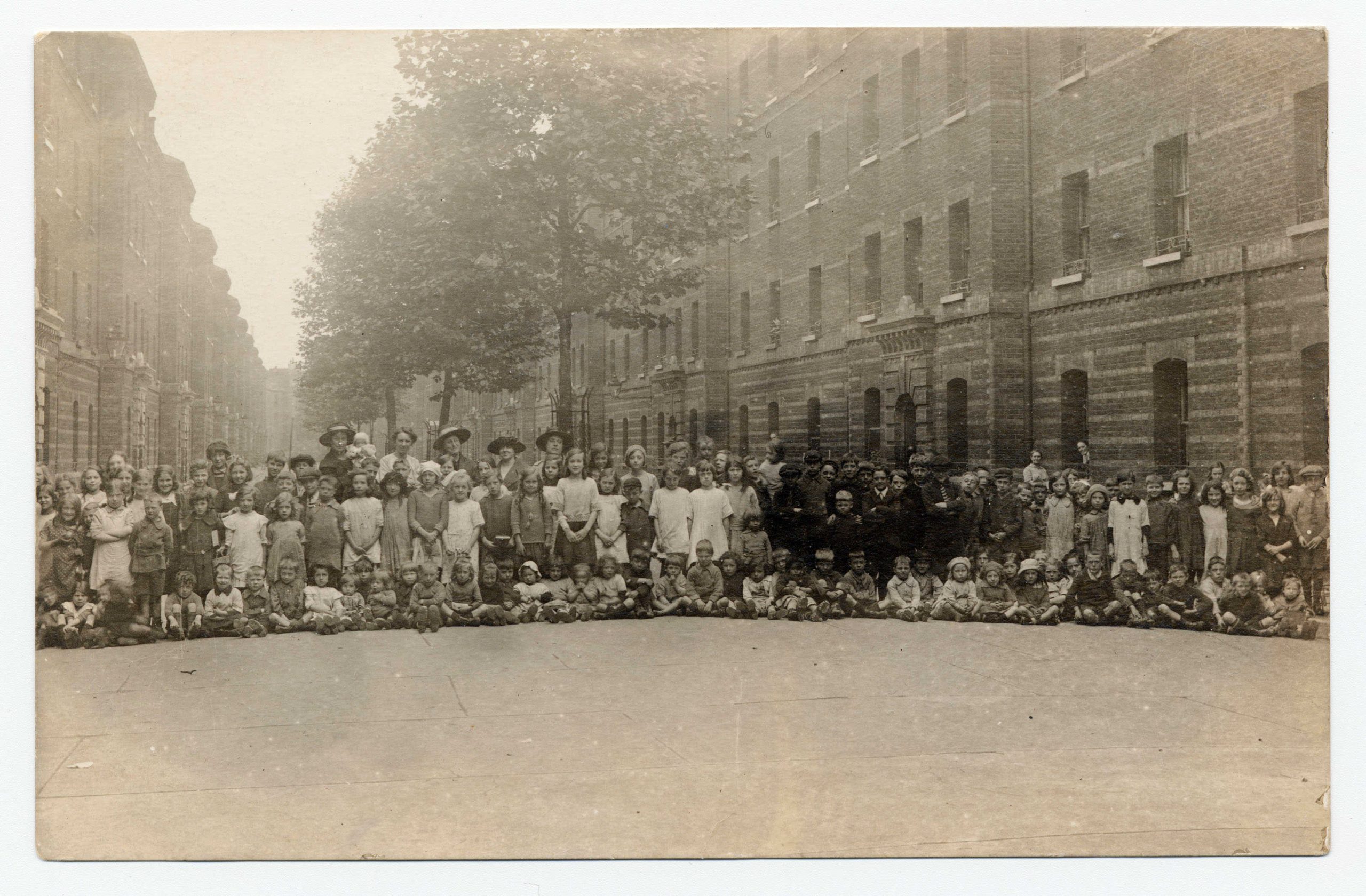
Even as a professional genealogist, there’s something uniquely special about uncovering your own roots—and one branch of my family has always fascinated me.
My great-grandfather was born in the small village of Little Sampford, then a quiet corner of rural Essex. Like many in the mid-19th century, his life was shaped by hardship. When a cholera outbreak swept through the village, he left in search of a better life, following the promise of the Victorian railway network to London.
There, he found work as a brewer’s drayman, delivering barrels of beer by horse and cart to pubs across South London—a tough, physical job, but honest work that kept the city moving.
He settled in the Peabody Estates, rent-controlled housing built to replace the overcrowded and unsanitary slums of Victorian London. It was a stroke of good fortune. And another piece of luck came decades later—when the Peabody archives kindly sent me a photograph dated 1920–21. It showed around 150 women and children gathered in the estate courtyard—and there, to my amazement, were my grandfather and his sister, captured forever in history. Their older siblings were already out at work by then, but these two faces—recognisable across the generations—brought the past vividly to life.
It’s an image that has become a treasure to me and my wider family. We still look at it with fascination and pride. It reminds us that history isn’t just in documents—it’s in faces, stories, places.
And there was more. My great-grandfather’s wife, Helen, turned out to be one of 14 brothers and sisters, all with names beginning with the letter ‘H’! When I traced the family further back, I found the same naming pattern repeated over two previous generations—a tradition that spanned 36 individuals across four generations. The names were as unusual as they were consistent: Hezekiah, Homer, Horatio, and Harcourt, to name just a few.
This charming detail brought joy to discover—and became a light-hearted counterbalance to the more tragic parts of our family story, like so many trees contain.
Tracing this part of my own history reminded me why I love genealogy. It’s not just names and dates—it’s the unexpected, the emotional, and the deeply human stories that connect us.
Copyright © 2025 All About Ancestors | All Rights Reserved | Privacy Policy | Cookies